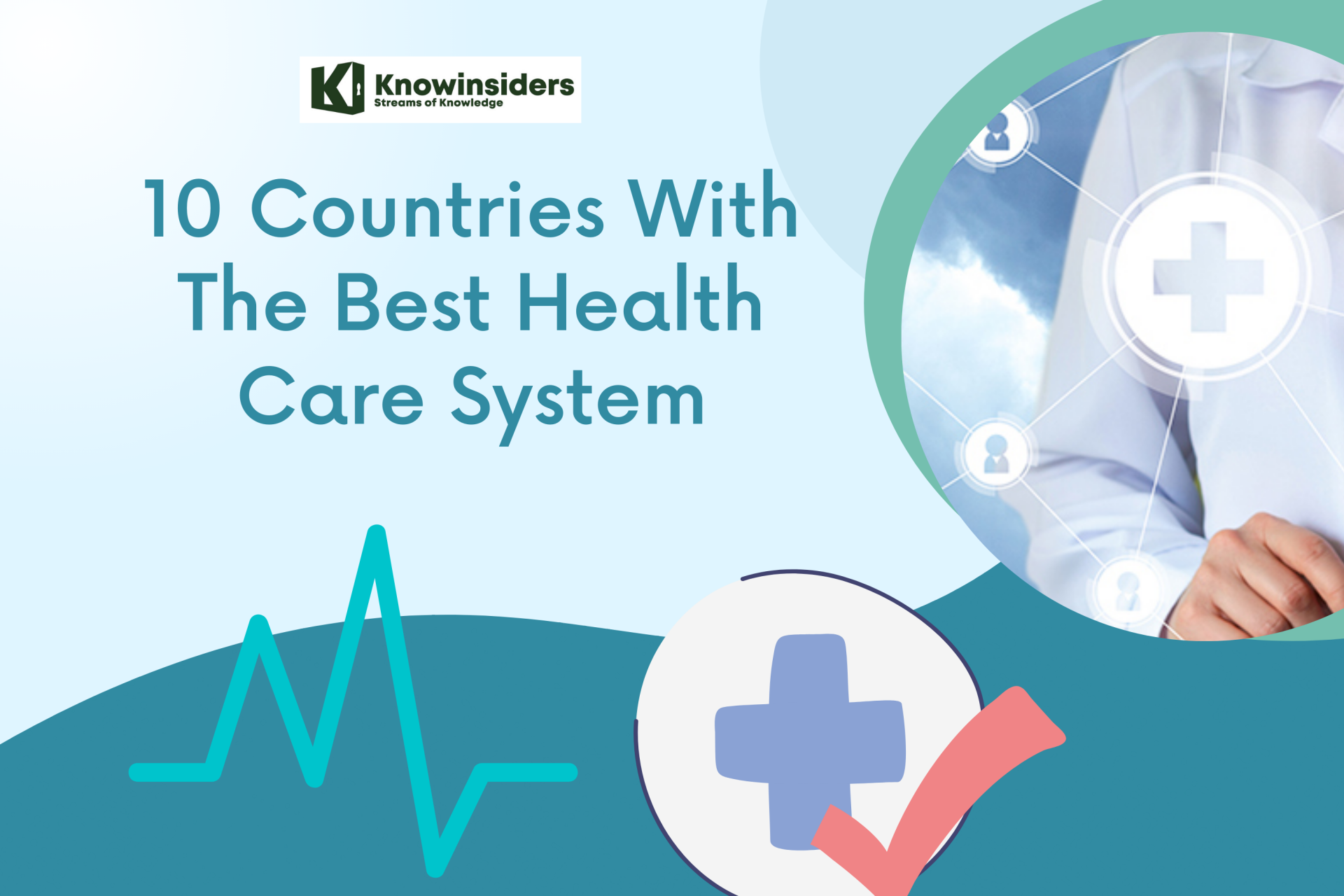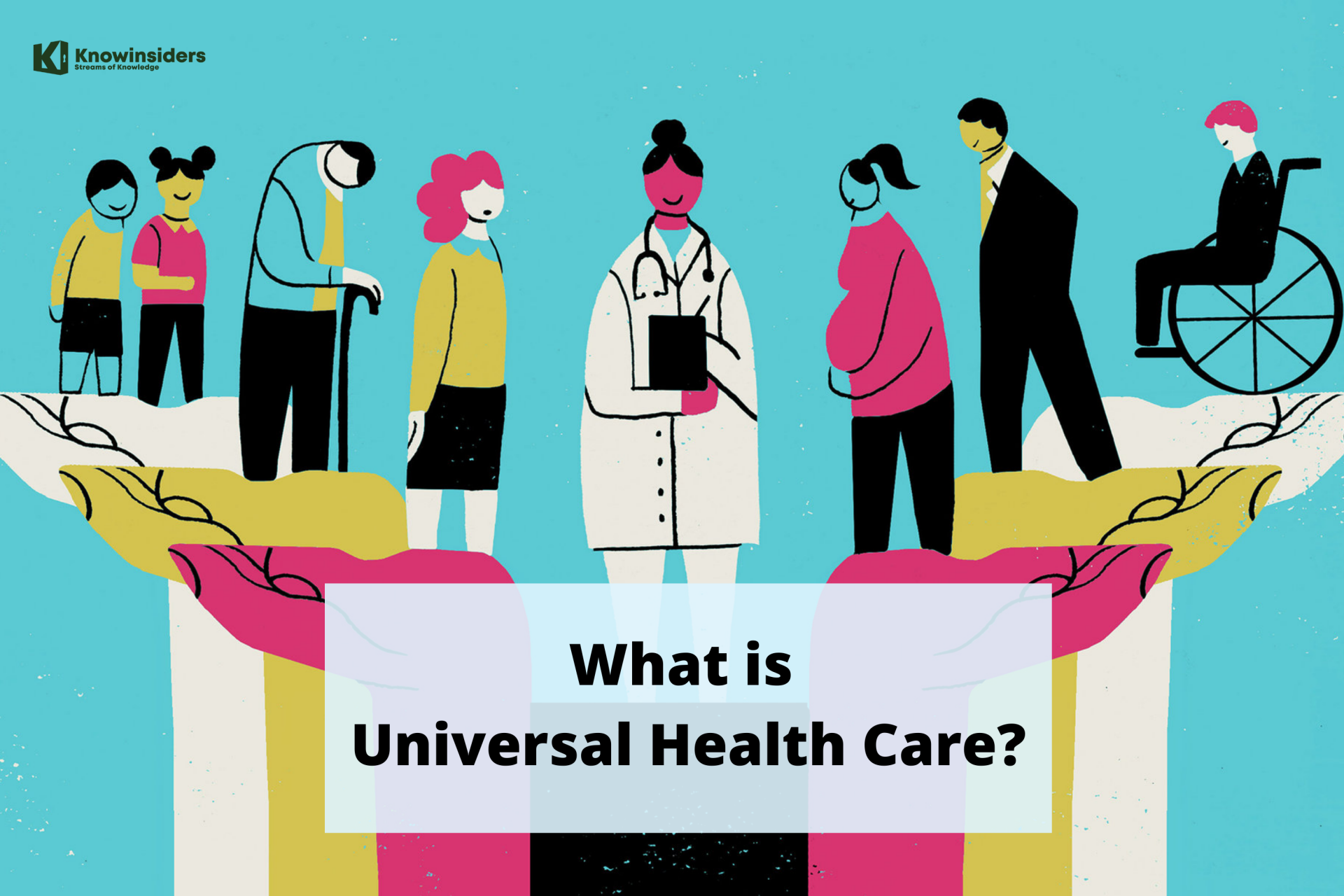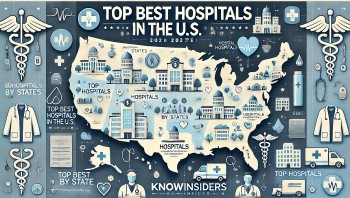Multiple Solutions for Health Workforce Shortage
 |
| Healthcare's labor shortages - (Getty/monkeybusinessimages) |
Who Are Healthcare Workers?
Ahealthcare worker is anyone who works in a healthcare or social care setting, including healthcare students on clinical placement, frontline healthcare workers and other healthcare workers not in direct patient contact.
These settings include, but are not limited to, state-funded and private organisations providing services in the following areas: disability, older persons, nursing homes, acute and non acute hospitals, community hospitals, mental health, social inclusion, palliative care, chronic illness, primary care (GP, dental, pharmacies, physiotherapy clinics), health and well being, hospice, rehabilitation, home care, paramedics, and community services (e.g. youth, substance abuse, suicide prevention, community development).
Health workers are all people whose main activities are aimed at enhancing health. They include the people who provide health services -- such as doctors, nurses, pharmacists, laboratory technicians -- and management and support workers such as financial officers, cooks, drivers and cleaners. Worldwide, there are 59.8 million health workers. About two-thirds of them (39.5 million) provide health services; the other one-third (19.8 million) are management and support workers. Without them, prevention and treatment of disease and advances in health care cannot reach those in need.
Global Shortage of Health Workers
With the third year of COVID-19 just around the corner, hospitals and health systems remain locked in a labor crunch.
Fifty-seven countries, most of them in Africa and Asia, face a severe health workforce crisis. WHO estimates that at least 2 360 000 health service providers and 1 890 000 management support workers, or a total of 4 250 000 health workers, are needed to fill the gap. Without prompt action, the shortage will worsen. Health workers are inequitably distributed throughout the world, with severe imbalances between developed and developing countries.
This global workforce shortage is made even worse by imbalances within countries. In general, there is a lack of adequate staff in rural areas compared to cities. Sub-Saharan Africa faces the greatest challenges. While it has 11 percent of the world's population and 24 percent of the global burden of disease, it has only 3 percent of the world's health workers. There is a direct relationship between the ratio of health workers to population and survival of women during childbirth and children in early infancy. As the number of health workers declines, survival declines proportionately
Moody’s Investors Service published an industry outlook for the new year predicting that staffing shortages and increased labor costs will fuel higher expenses and a resulting decline in operating cash flow for nonprofit hospitals and public healthcare.
Moody’s outlook follows prior warnings from industry analyst groups and hospital executives alike that healthcare’s labor woes are unlikely to dissipate soon.
Physicians, nurses, and other essential health workers on the front-lines of the war against coronavirus did not know what they were facing on a day-to-day basis; many risked their own lives to treat their patients, often not having enough personal protective equipment and living in a constant state of uncertainty.
A study published in this month’s Mayo Clinic Proceedings found that nearly 1 in 3 physicians and nurses reported a clear intention to reduce work hours, and that nearly 2 in 5 nurses and 1 in 4 physicians intend to leave their practice altogether.
 Top 10 Countries With The Best Healthcare System and Why Top 10 Countries With The Best Healthcare System and Why A country’s health care system can exert a considerable effect on its dwellers' life quality. Which countries have the best healthcare system? |
The Shortage of Healthcare Workers in the U.S
As the demand for quality healthcare professionals increases, there are shortages or projected shortages across the industry.
The number of healthcare workers needs to increase dramatically to meet demand in the coming years. A study by consulting firm Mercer projected that the U.S. would face significant healthcare worker shortages in the coming decade.
By 2025, the firm forecasts a shortage of more than 400,000 home health aides and 29,400 nurse practitioners. There will also be shortages in other healthcare professions.
According to a study done earlier this year by the Association of American Medical Colleges (AAMC), “the United States could see an estimated shortage of between 37,800 and 124,000 physicians by 2034, including shortfalls in both primary and specialty care.” AAMC President and CEO David Skorton noted multiple possible reasons for this crisis, including clinician burnout, an aging population creating increased demand, and many physicians naturally reaching retirement age.
Healthcare workers continue to grapple with these resource issues, especially in the face of a potential “Twindemic,” entailing surging cases of influenza (“the flu”) and rising Covid-19 cases due to Omicron. With physician and nursing shortages, supply chain disruptions, and a generally fatigued workforce, the healthcare system certainly has a challenging few months and year ahead of it.
Altogether, the hospital subsector’s workforce has dipped nearly 90,000 people since March of 2020, according to preliminary November data from the U.S. Bureau of Labor Statistics. Among nurses alone, the American Nurses Association expects there will be more than 100,000 registered nursing jobs available annually by next year.
The shortages, stakeholders say, are a result of pandemic challenges, demographic shifts and other broader economic trends, stakeholders say.
For starters, long hours and the stress of fielding COVID-19 patients and their families have worn down the clinical workforce. Recent surveys suggest that a greater number of nurses are weighing the decision to retire or leave the industry while the pipeline of new doctors and nurses alike is insufficient to meet the growing demands of 2022 and beyond.
All the while, healthcare is also facing off with the rest of the U.S. economy to fill non-clinical positions such as cleaning staff, food service workers or IT amidst a so-called “Great Resignation.”
Although salaries and benefits already make up more than half of a hospital’s total expenses, increasing wages or temporary staffing costs can also threaten bottom lines by limiting facilities’ ability to deliver high-revenue services.
Some degree of ongoing labor issues is a certainty for the coming year, but stakeholders say there are key steps provider organizations and policymakers can take to address the crisis for next year and beyond.
Physician Shortage
More physicians choose to enter specialized fields when they complete medical school, as opposed to primary care or family medicine. Since primary care physicians who practice general internal medicine are in the highest demand (because they are the ones that see the most patients), the lack of qualified people in this area is especially problematic.
One solution is for healthcare providers to fill the role of general practitioner physicians with qualified nurses or physician assistants. Nurse practitioners and physician assistants can perform some of the duties that a general practitioner doctor performs.
Nurse Shortage
According to the Bureau of Labor Statistics, the demand for qualified nurses will increase much faster than the need for all professionals in the coming decade. This increase is especially true for nurses with a bachelor’s of science in nursing (BSN).
The American Association of Colleges of Nursing (AACN) points to data that suggests that the country will need more than 200,000 new nurses each year until 2026 to fill new positions or replace retiring nurses.
Though enrollment in nursing programs is increasing, it is not sufficient to meet demand. This shortage is especially acute in areas such as education and for certified family nurse practitioners who can provide primary care without a doctor’s direct supervision.
In some cases, healthcare providers can resort to hiring travel nurses, who go to different clinics or hospitals to fill temporary shortages.
Healthcare Educator Shortage
The nursing shortage also includes educators. Some schools may even need to restrict enrollment because of a lack of nursing faculty. More people want to become nurses, but there are not enough teachers to meet demand.
The need is not only for nursing facilities to teach in associate’s or bachelor’s degree programs. Nursing assistants and health aides also need training. Furthermore, a need for nurse practitioners means that schools need faculty members who can teach in master’s degree programs and oversee clinical practice for aspiring nurse practitioners.
Midwife Shortage
The U.S. also needs more midwives to provide proper care during childbirth. Midwives can address a shortage of O.B./GYNs and issues such as an abnormally high rate of cesarean sections in the U.S.
Currently, midwives only attend about 8% of births in the U.S. They are qualified, with a master’s degree and two years of clinical training, to provide care during and after childbirth. Childbirth overseen by a midwife is cheaper than birth with a physician.
Furthermore, midwives can provide more personal attention, which could lower the mother and infant mortality rates, which are higher in the U.S. than in other wealthy countries.
Threat to Global Health
Pressing health needs across the globe cannot be met without a well-trained, adequate and available health workforce.
Millennium Development Goals (MDGs): The MDGs are a blueprint agreed to by countries and leading development institutions to meet the needs of the world’s poorest people. The health-related MDGs aim to reduce child mortality, improve maternal health, combat HIV/AIDS and other diseases such as tuberculosis and malaria, and ensure access to essential medicines. The health worker shortage has been a major impediment to making progress on meeting these goals.
Outbreaks: Recent concern about the threat of avian influenza has drawn attention to the devastating impact a global pandemic could have, given the current shortage of health workers, combined with their insufficient preparedness and often poor working conditions.
Natural disasters: Sudden catastrophic events can quickly overwhelm local and national health systems already suffering from staff shortages or lack of funds.
Conflicts: Conflict often causes severe and long-lasting damage to the health workforce. Qualified personnel may be killed or forced to abandon their jobs. In protracted conflicts, a number of trends generally emerge: civilian workers flee health centres and hospitals in dangerous areas, and those in safer areas become overstaffed; management systems collapse; working environments deteriorate; and professional values are eroded.
Care of the chronically ill: Ageing populations and a steep increase in chronic diseases worldwide are placing new demands on a health workforce that is already inadequate and itself ageing, and whose numbers are stagnating.
Multiple Solutions Needed for Health Workforce Shortage
• Getting a handle on COVID-19. The largest single factor in 2022’s labor crunch will likely be the trajectory of the COVID-19 pandemic, the experts said. Reduced COVID cases would also remove much of the volatility hospitals have seen across their volumes, Spielman said, while reducing the need for emergency staffing and restoring demand for revenue-driving services.
Even were the pandemic to stabilize in the upcoming months, however, the numerous factors playing into the current shortage has stakeholders anticipating a protracted return to normal for the healthcare labor market.
• More direct investment in the training and support of health workers. Initial funds will be for training more health workers. As they graduate and enter the workforce, more funds will be needed to pay their salaries. To educate and pay the salaries of the four million health workers needed in the 57 countries with severe shortages, health budgets will have to increase at least US$ 10 per person per year by the year 2025. To meet that target within 20 years is an ambitious but reasonable goal.
• Exploring less human-intensive technologies, care models. For example, many health systems began upskilling and training “sideload workforces” within their workforces that, in a pinch, could tackle specific intermediate and critical care tasks. Leaning further into those efforts could serve as an immediate alternative to additional hiring. The industry’s adoption of these tools—as well as increased policy permitting their use—could go a long way toward lessening the impact of worker shortages.
• A national plan for the health workforce and an increase in the number of health workers in all countries with serious shortages. That will take political leadership, a comprehensive plan for an effective health workforce, and commitment of the necessary funds. Funding must not only cover health service providers, but also the management and support workers who provide crucial services to the health system. Governments also need to invest in training existing health workers, to keep them up to date with changing priorities.
• More efficient use of the existing health workforce. Simple, inexpensive measures like improving management and supervision and writing clear job descriptions would help. Another helpful strategy is "piggy-backed" services -- meaning that workers delivering one specific service, such as a vaccine during an immunization campaign, can simultaneously deliver others, such as a needed dose of vitamins.
• Some simple health care tasks now assigned to highly skilled personnel delegated to less skilled workers able to deliver them competently. With sufficient supervision and support, volunteers, community health workers and workers, with limited training can improve efficiency of health services.
• Protection and fairer treatment of health workers. They face difficult and often dangerous working conditions and poor pay in many developing countries.
• Access to effective HIV prevention and treatment for all health workers. HIV has disproportionately affected health workers in many countries. It is vital that they receive these services under confidential conditions.
• Encouragement of women to enter health professions. Their needs should be accommodated through flexible work arrangements and leadership career tracks adapted to family life.
• Decreased incentives for early retirement. Countries with serious shortages also should provide opportunities for retirees to go back to work.
• Comprehensive preparedness plans in every country for a workforce response to outbreaks and emergencies. They should include plans for how health workers will collaborate with staff in the military, transport and education sectors to maximize the efficiency of scarce human resources.
• In conflicts, reassignment of health workers to areas in need. Workers given such assignments need protection and support; and international donors and other major actors need to take measures to protect existing health worker networks.
• Orientation of health worker training and development of career incentives to encourage service in rural and disadvantaged areas. These actions would help counteract the tendency of health workers to cluster around cities.
• Better strategies to more actively engage communities and patients in their own health care. Partnerships between patients and health workers can improve the quality of care and health outcomes.
| Strengthening the pipeline of new healthcare workers Even before the pandemic, the healthcare industry was not educating enough nurses or doctors, Demehin said. Tens of thousands of qualified nursing students were turned away last year due to a shortage of clinical sites, faculty or other resources, he said, driving home the need for policymakers to devote more resources to healthcare workforce education. |
 Top 10 Countries With The Best Healthcare System and Why Top 10 Countries With The Best Healthcare System and Why A country’s health care system can exert a considerable effect on its dwellers' life quality. Which countries have the best healthcare system? |
 What Is Digital Healthcare: Top Trends In The Future? What Is Digital Healthcare: Top Trends In The Future? What is digital healthcare, why is it important and how does it change the healthcare system in the future? |
 What is Universal Health Care: Meaning, Types, Benefits What is Universal Health Care: Meaning, Types, Benefits Universal health care has dominated the news for many cycles, with many people arguing that it’s a human right. But what exactly is it? |
























